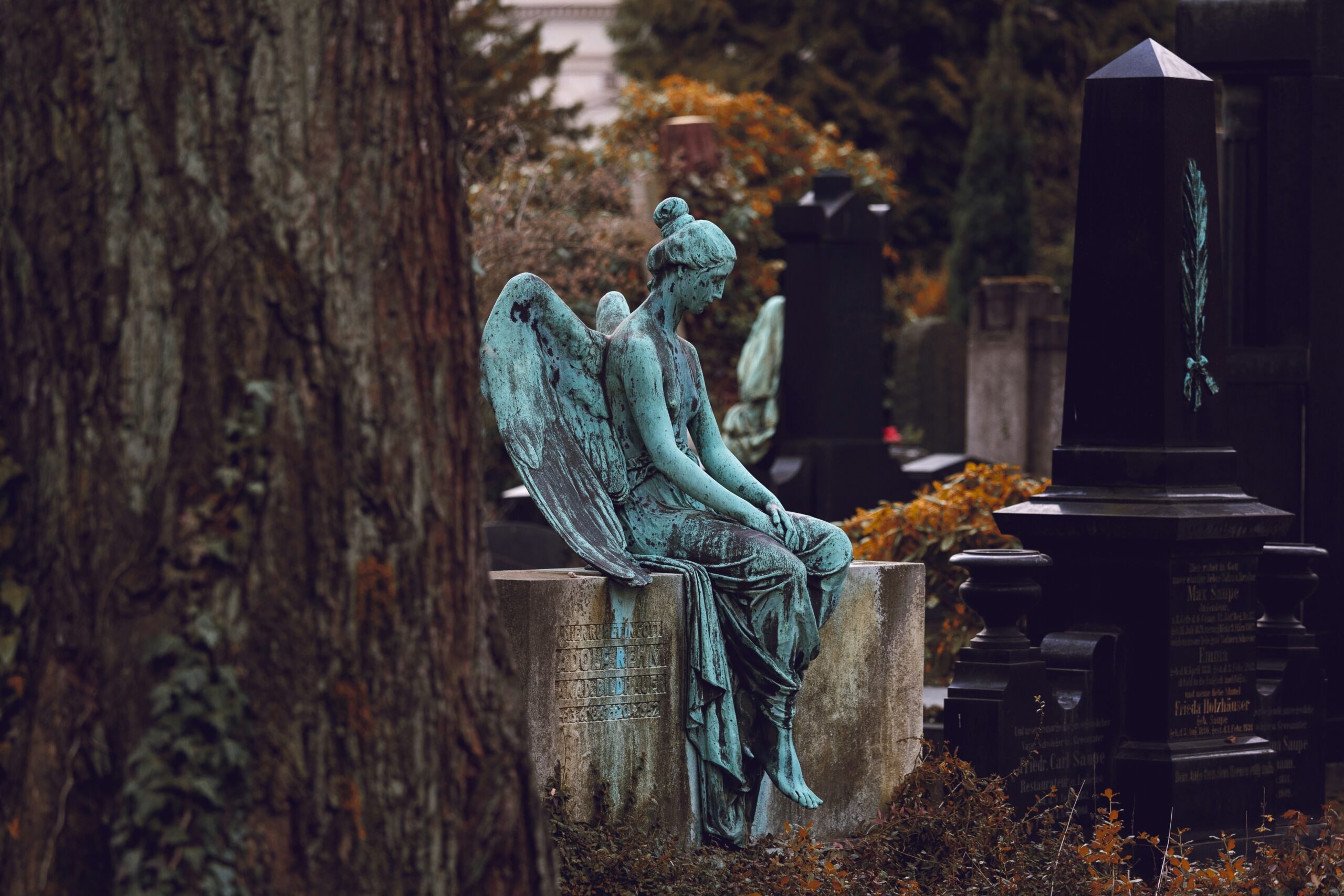The vision of the afterlife articulated in this framework is layered, structured, and evolutionary. We understand that human consciousness survives physical death, and continues to unfold through a series of increasingly subtle and expansive states of being. The afterlife is not a static realm of reward or punishment, but a dynamic process of spiritual maturation. Our knowledge echoes elements of ancient mystery traditions, yet is expressed in the language of psychological development and modern metaphysical thought.
I. The Transition: Death as Awakening
Physical death is not an end but a transition—the falling away of the outermost layer of the self, the physical body. At the moment of death, the individual does not lose consciousness but instead undergoes a shift, often accompanied by heightened awareness. Many describe a temporary state of confusion or dreamlike perception, followed by the recognition of being “freed” from the limitations of the flesh.
In this view, the personality continues as a coherent being, retaining memory, identity, and intention. The newly discarnate soul enters what might be called a borderland—a liminal zone between physical life and the deeper spiritual worlds.
II. The Borderland or “Earth-Bound” Plane
This first region after death closely resembles the physical world. It is populated by souls recently departed or still attached to earthly concerns. Here, the environment is shaped in large part by thought and emotion. Those who are spiritually undeveloped or overly entangled in material desires may linger in this realm for some time.
Communication with the living is possible here. Many so-called hauntings or mediumistic encounters are believed to occur from this zone. The discarnate beings often remain unaware they have passed, or resist moving on due to unfinished business, guilt, or attachment.
This plane serves as a threshold. As the individual releases earthly fixations and turns inward, a natural progression begins.
III. The First Spiritual Sphere: The Plane of Illusion
Beyond the borderland lies a more stable and organized realm, often described as beautiful and peaceful, yet still bearing resemblance to earthly life. It is sometimes called the Plane of Illusion—not because it is false, but because it reflects the soul’s expectations, beliefs, and unresolved emotions.
Here, the afterlife is self-created in a sense. Souls live in communities, experience homes, landscapes, and interactions not unlike those on Earth, though all is more subtle and responsive to thought. Religious individuals may find themselves in symbolic heavens. Others encounter schools, temples, or pastoral realms of healing. Intense emotional attachment while on Earth, for good or bad, can influence the realities experienced in this stage.
This plane offers an extended period of rest and integration. Many are unaware that they are still in a transitional state. The soul reflects on its past life, encounters soul companions, and begins to assimilate the lessons of its earthly incarnation. Teachers and guides assist the being in recognizing higher truths and releasing limiting beliefs.
IV. The Second Spiritual Sphere: The Plane of Realization
Eventually, the soul feels a pull toward deeper reality. It begins to awaken from the self-made illusions and seeks truth beyond personal preference or inherited belief. As inner clarity grows, the being ascends to a subtler realm—the Plane of Realization.
Here, consciousness becomes more refined. The personality begins to merge with higher aspects of itself. The soul understands its past with detachment and compassion. It also recognizes itself as part of a greater whole. Many describe this stage as being immersed in light, harmony, and mutual understanding. Communication is telepathic, learning is swift, and spiritual companionship deepens.
This realm is also a place of preparation. Beings begin to sense their continuity across lifetimes and gather strength for further progress. The duality of self and others begins to blur, though individuality is not lost—it becomes radiant, archetypal.
V. The Third Spiritual Sphere: The Plane of Union
At this level, the soul attains a state of profound unity with higher dimensions of being. The personal self begins to dissolve into the greater Self—what some traditions might call the Oversoul or Monad. There is no longer any attachment to particular forms, doctrines, or identities. Instead, consciousness expands into cosmic awareness.
This is the Plane of Union, where the soul partakes of divine intelligence, love, and will. It acts as a helper to those below, participates in vast collective purposes, and experiences a joy beyond emotion. Some describe this as heaven in the truest sense: not a place, but a state of radiant freedom and clarity.
At this stage, reincarnation is no longer necessary unless chosen as a form of service. The being exists as a bridge between Spirit and Form.
VI. The Ongoing Journey
Even beyond the third sphere, higher states exist—realms inaccessible to human language. The soul continues to evolve, integrating ever more vast aspects of being. The afterlife is not a final destination, but an ever-deepening spiral of realization, communion, and creation.
In this vision, death is not a wall but a door. The soul passes through many chambers on its way to the center of the temple. Each realm reflects a level of awareness. What we experience after death is shaped by who we have become—not in the sense of judgment, but resonance. Growth continues. Love deepens. Reality widens.
This view of the afterlife is neither strictly religious nor nihilistic. It is a map—suggestive rather than prescriptive—based on reported communications from the so-called dead, dream-like insights, and inner revelation. It offers hope not through dogma, but through the possibility that our story is not yet finished, and that the cosmos is both more intelligent and more compassionate than we dared imagine.


Leave a Reply